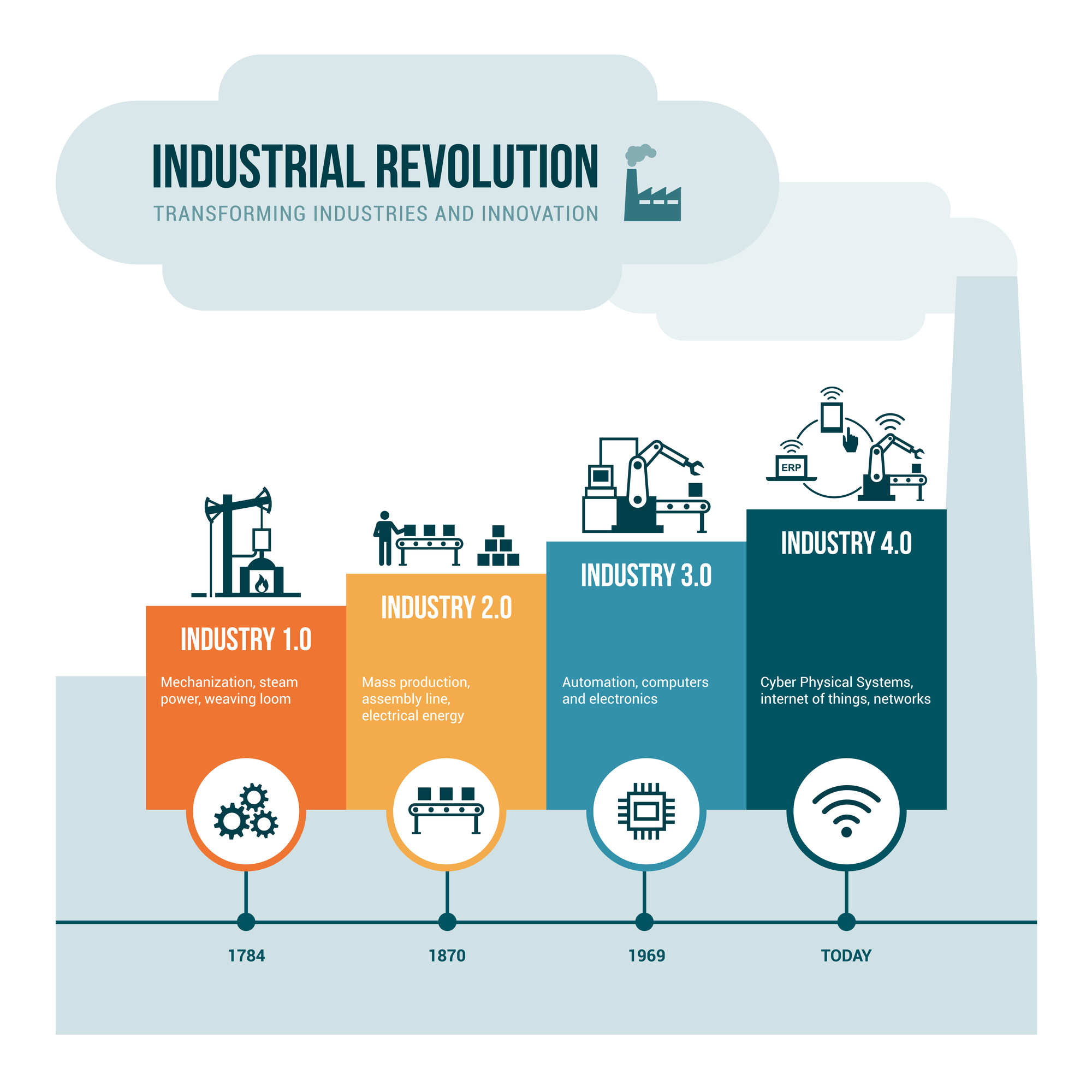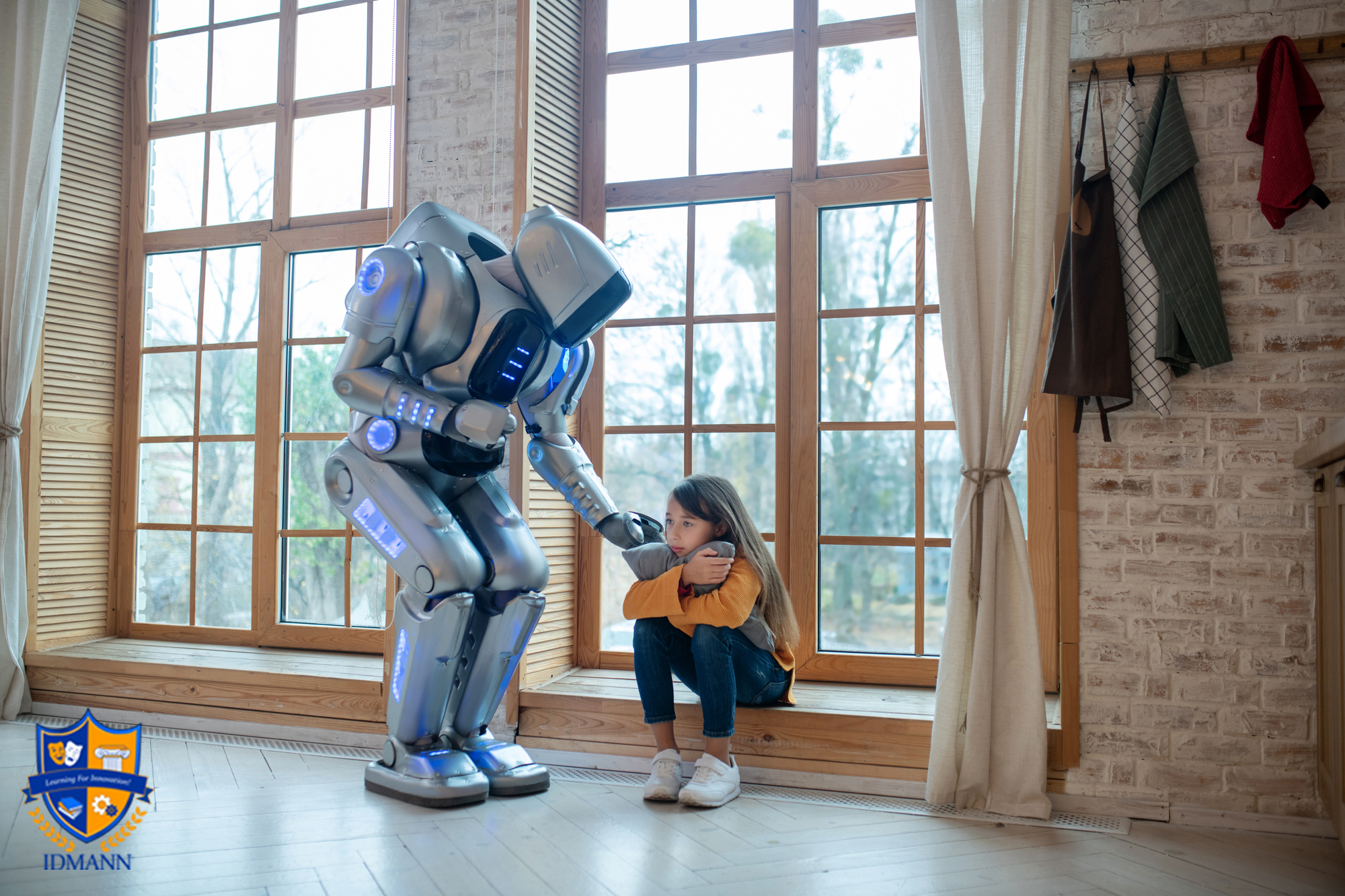There is a big push for greater automation in virtually every sector. Consider transportation. We say 'greater' because there has been automation in cars for a long time. Many people will be surprised to learn that many cars on the road have achieved degrees of self-driving for more than two decades, being able to accelerate, decelerate, even come to a complete stop, without any intervention from the driver. Home automation is advancing in leaps and bounds to integrate all the essential appliances and functions in a home under the control of a handheld device.
Factories are looking to dramatically reduce labor count by increasing the footprint and scope of robots in virtually every industrial operation. This pandemic will accelerate that transition to robotics. (Robots don’t have to “socially distance”. No face masks needed here!) The gains in certain labor-intensive fields of endeavor (like agriculture) have been nothing short of astonishing. In many parts of the world right this minute, tillers, tractors, harvesters and myriad farming equipment work on farms for hours on end (day and night), guided by GPS and operated by an individual who may never set foot on the farm; this is much the same way wars are being fought by drone pilots who are tens of thousands of miles and several continents away in air-conditioned portable cabin.
This is the so-called "4th industrial revolution".

What should be intriguing (or alarming) to anyone watching these developments is that they all, without exception, are described as “being in their infancy”. Imagine that future.
Keep in mind that the foundations for all these developments are rooted in educational systems that train engineers, scientists, technologists, sociologists, and many other professionals to envision and work toward this future. Unfortunately, not everyone has the advantage of benefiting from this kind of training.
So, what does this mean from an educational standpoint? Simple. Those societies that do not begin early to train their students in these critical skills will be providing support labor for “those jobs robots don’t want to do” in the future. This is a future no one wants to see.
So what do we do?
Mechatronics is a multidisciplinary field of science that integrates the principals of several fields - sociology, mechanical engineering, electronics, computer engineering, telecommunications engineering, systems engineering and control engineering - into a unified discipline to generate a simpler, more economical and reliable way of doing things. Robotics is one well known application of mechatronics as it seeks to perform, replace, or expedite tasks typically done by (or too hazardous to be done by) human beings.
By any objective measure, the future is mechatronic; and will be increasingly so. Much has been made of the so-called “Internet of Things” (IoT). It should be pointed out that the “thing” in just about every IoT application is an automation or mechatronic device. The “Internet” may refer to the constellation and the medium by which these devices communicate and are controlled. The underlying devices themselves (the “things”) are, mechatronic.
It does not take a major leap of imagination to see how critical these skills will be for an economy (in all its facets) to compete in the very near future. There has been some consternation over the wealth gap between nations as some become essentially more mechatronic and others lag or even fall behind. (One simple way to measure the development of a nation is the degree of mechatronic penetration in everyday life.) As wealthier nations pour [even more] resources into these developments, less prepared nations are left with limited options. This achievement gaps also exists on the individual level as those with these kinds of skills are paid much more than those without comparable or competitive skills.
In the very near future, there will be two broad classes of jobs created by the growth in mechatronic applications. Developers (both hardware and software) will see increased demand for their skills (with commensurate increases in compensation). Installers and operators will also see expanded opportunities. For instance, a company like Aquada North America (@AquadaGroup) is working with a number of robotics companies to develop factories in the U.S. to be run daily by operators in Africa. Obviously, that geographic expanse can only be bridged using robotics and mechatronic applications. But to succeed there has to be a pool of well-trained robotics operators in Africa. These are career opportunities available for those willing to undergo the modest re-training needed to acquire the relevant skills. These are high-paying jobs, available TODAY. Imagine what the future holds.
There are two critical barriers to acquiring these skills. The first is availability of the training. The second is the cost of such training. Until recently, these skills were available as very specialized courses in very expensive universities. That is changing. For instance, the Mechatronics, Automation, Robotics & Control (MARC) program in the School of Experiential Learning at IDMANN Institute trains individuals with absolutely no background in the field to become proficient specialists in less than six months. All the training is done online and is led by industry-leading experts, some of whom developed the very protocols and systems used in mechatronics today. A course like the MARC program at IDMANN Institute is very affordable and even includes the starter kit and other hardware to enable students begin practicing at home from day one. The goal of that program is to make students “instantly employable in the field” upon completion of their training. In many cases, students opt to start their own companies upon completion because of the comprehensive – and practical - nature of the training.
Beyond this, there is a more fundamental issue that needs to be addressed. Students need exposure to these critical fields EARLY. Young children have a natural affinity for robots and mechatronic applications because their youth frees their imagination from the constraints of “reality”. It is this "wild imagination" that is on the cusp of creating a multi-billion industry of driverless cars, the stuff of fiction only a few years ago. Every society will be well served by introducing students to these concepts and ideas very early.
So, should all children learn about mechatronics? Couldn't it just be those who are interested? In our view, it is an important topic that should be taught to all children, at least at an introductory level. This exposes those for whom this might be a viable career option, early in life. For the rest who WILL inevitably be consumers of mechatronic applications, this gives them a better understanding of the world in which they will grow up. Fortunately, the MARC program at IDMANN Institute and others like it, have an introductory offering for students as young as middle and high school. Whether we like it or not, this is the wave of the future present.
(For more information on the MARC Program visit the IDMANN Institute website or send an email to This email address is being protected from spambots. You need JavaScript enabled to view it..)
-- Article by Emeka Nwankwo, D.Eng.Sc. (accepted for publication, September 7th, 2020). All rights reserved. Copyright 2020.








